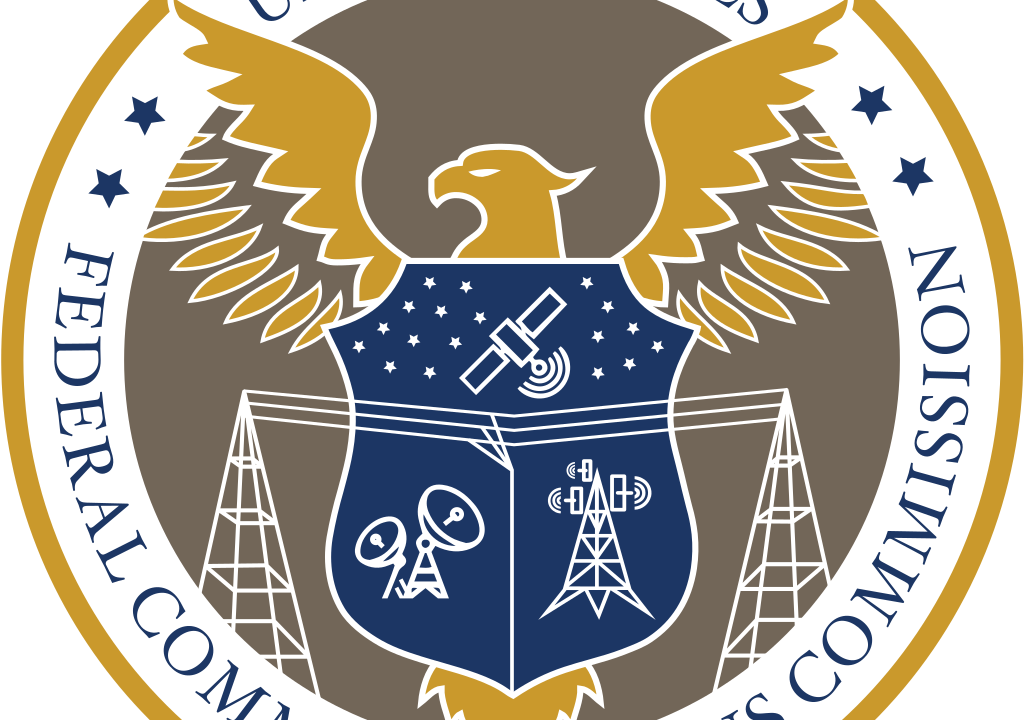
FCC Oversight Hearing: American Broadband Survived the Pandemic, Don’t Kill It with Misdirected Subsidies
By Rich Sill
The House Energy and Commerce Committee’s Subcommittee on Communications and Technology held a hearing on FCC oversight on March 31. This was the first time under the Biden administration that all four FCC commissioners were called to testify to the committee. At the hearing, FCC Chairwoman Jessica Rosenwercel, Commissioner Brendan Carr, Commissioner Geoffrey Starks and Commissioner Nathan Simington spoke about the agency’s bipartisan work towards helping to close the digital divide.
One of the biggest topics at the hearing FCC’s top priorities is closing the digital divide in the United States. Since 2015, broadband speeds have doubled, prices have decreased, and the digital divide has closed by 14 percent. In addition, since 2017, broadband providers have invested more than $300 billion into upgrading and expanding networks. Even though the COVID-19 pandemic forced the whole country to switch to online practically overnight, America’s communication providers withstood the stress and have continued to increase internet speeds while lowering prices. Congresswoman Cathy McMorris Rogers (R-Wash.) stated that the United States’s lack of burdensome net-neutrality regulations—which has stalled European innovation—is why the United States has continued to speed up internet speeds during the pandemic.
Regarding closing the digital divide, committee members and FCC commissioners alike addressed the importance of making sure money allocated to broadband deployment goes to unserved areas. Since the onset of the COVID pandemic, Congress has appropriated billions of dollars for the FCC to establish programs to connect low-income Americans to the internet for distance learning and telehealth. However, according to FCC Commissioner Brendan Carr, most of the $800 billion Congress allocated for broadband deployment has been spread out amongst several agencies, so only a fraction of those taxpayer dollars is spent on broadband. He continued by stating that even though the FCC is the designated agency for broadband and telecommunications, several federal agencies do something other than what they’re supposed to do, which just slows down the process and wastes money. He concluded by stating that for the federal government to properly close the digital divide, all the broadband expansion must go to rural, unserved areas instead of to overbuilding in urban areas.
The FCC has a deadline of September 1 to finish the broadband maps, which will be used to know where to send resources to expand broadband in unserved areas. According to FCC Chairwoman Jessica Rosenwercel, the data for these maps are being completed now so the maps should be released on time. Once the broadband maps are released, the FCC and the rest of the federal government will be one step closer to closing the digital divide.